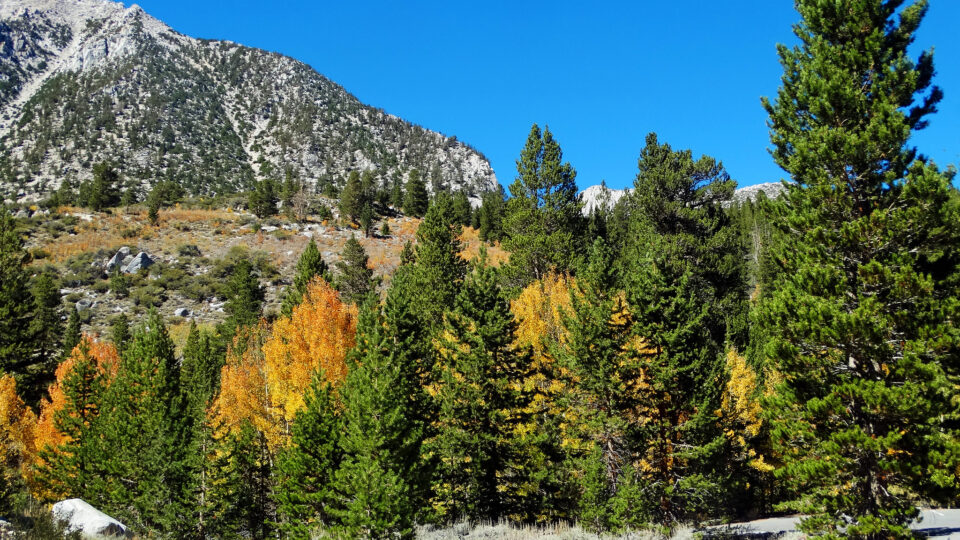We hear a great deal about the environmental services provided by forests. Deforestation is one of the major factors contributing to increasing levels of carbon dioxide in the atmosphere. And, of course, forests – most notably rainforests – are major contributors to biodiversity. A new study by the U.S. Forest Service looked at the role forests play in providing water for Americans.
According to the study, published in the journal Water Resources Research, forested lands across the U.S. provide 83 million Americans with at least half of their water. 125 million people – well over a third of the country – receive at least 10% of their water from forests. Notably, in the drought-stricken western U.S., nearly 40 million people get more than half of their drinking water from forests that are increasingly threatened by wildfires.
The study looked at surface water sources for more than 5,000 public water systems. It provides a critical update to the map of where our water comes from. The study focused on surface waters such as lakes, rivers, and streams because it is too difficult to trace sources of groundwater on a national scale. Included is a new database of inter-basin water transfers, which are how surface water moves from places where it is plentiful to where it is not. Examples are the California Aqueduct and the Central Arizona Project which respectively supply Los Angeles and Phoenix with drinking water.
In Los Angeles, 69% of the water coming in through inter-basin transfers originated in forested lands. In Phoenix, the figure is 82%. There are many urban communities that obtain more than half of their drinking water from inter-basin transfers. Even far from forests, water from forests is essential for millions of Americans.
**********
Web Links
U.S. Forests Provide 83 Million People with Half Their Water
Photo, posted September 26, 2016, courtesy of Don Graham via Flickr.
Earth Wise is a production of WAMC Northeast Public Radio.
